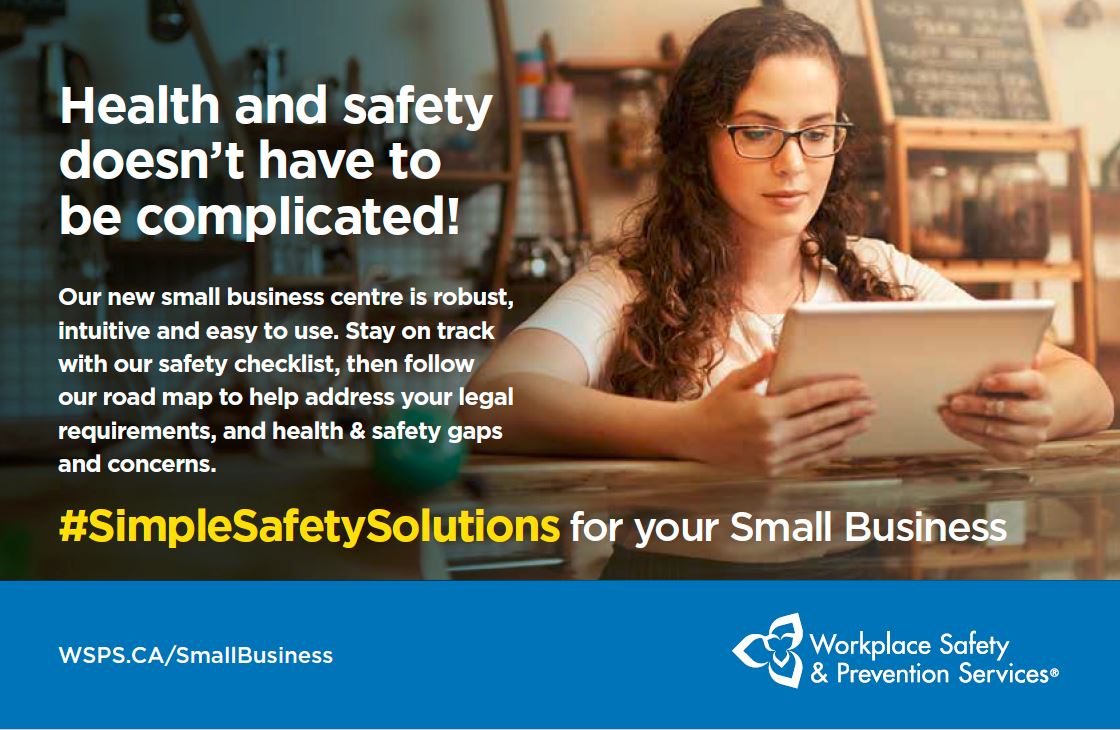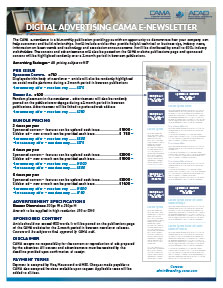Investigating Non-Critical Injuries: Tips To Overcome 4 Common Challenges
If investigating non-critical incidents and injuries has been reduced to a paper exercise in your workplace, your ability to continuously improve your safety program is at risk. That’s because finding and correcting root causes is a lot harder without a full investigation, explains WSPS Consultant Kristin Onorato.
“Supervisors should be investigating all versions of injuries/incidents in the same methodical way,” says Kristin. “That is, looking at the scene, talking to the injured person, witnesses, and others, and reviewing relevant reports, including inspections, training, and maintenance.”
Unfortunately, for various reasons, a vast majority of supervisors are carrying out non-critical injury investigations at their desks, says Kristin. The only information available is the incident report written by the worker. “That’s not enough for determining the true cause,” notes Kristin.
For instance, looking at the report alone, a supervisor may conclude that a worker cut a finger while distracted. A more thorough investigation may reveal that the worker was using the wrong tool for the job. This could impact the safety of other workers.
“Non-critical injuries are an opportunity to really improve your safety program,” says Kristin. “These lesser injuries and incidents take a toll on workers and the workplace – with lower productivity, absenteeism and morale, and higher costs.”
What’s preventing supervisors from paying more attention to non-critical incident investigations? And what should your workplace do to support them? Kristin offers her insights below.
4 challenges and 4 solutions
Supervisors encounter several blocks when it comes to fully investigating non-critical injuries, says Kristin. “Companies that work to eliminate these blocks will benefit hugely from fuller investigations and additional prevention measures.”
1. Supervisors may believe that too much time spent investigating non-traumatic injuries is not a company priority.
Solution: “The health and safety of the worker should always be a company’s number one priority,” says Kristin. “Taking the time to properly investigate the less serious injuries and implementing proper controls based on finding the right root cause will prevent more serious injuries from happening in the future.”
“If a critical injury occurs because a company failed to effectively investigate and control a hazard, the company would be faced with Ministry investigations, equipment or work area shutdowns, and loss of production. Investing time upfront on the less serious incidents could end up saving a lot of time and energy later.”
2. Supervisors may not understand the value of doing smaller investigations.
Solution: “Completing timely and thorough investigations shows employees that the company cares about their health and safety and that they take all injuries seriously,” notes Kristin. “This can help boost morale and encourage workers to play a more active role in health and safety.”
3. Supervisors don’t receive incident reports until days after the incident.
Solution: “Without timely access to the accident scene and witnesses, supervisors don’t have the ability to do much more than a desk audit,” says Kristin. “Companies need to communicate and train their employees on the importance of early reporting. Early reports lead to more effective investigations that could help prevent a similar or greater injury in the future. There should also be a process in place to ensure that supervisors are getting the reports in a timely manner.”
4. Supervisors don’t know how to do a proper investigation.
Solution: “The supervisor has the advantage of knowing about the work, people and current conditions, but needs training on all aspects of carrying out an investigation, including what to look for, how to collect data, how to identify root causes, how to interview witnesses, and how to make recommendations for corrective action,” says Kristin.
Free resources to help:
- Investigation Report Template
- Quick Safety Tips: Workplace Incident Investigations (video series)
- “That was close”: 5 things to examine after a near miss (article)
The information in this article is accurate as of its publication date.
Have health and safety questions? Please contact Denise Lam, WSPS Account Manager, Small Business at Denise.Lam@wsps.ca.
About Workplace Safety & Prevention Services (WSPS)
Workplace Safety & Prevention Services (WSPS) is a not-for-profit organization committed to protecting Ontario workers and businesses. A proud partner in Ontario’s occupational health and safety system and a trusted safety advisor since 1917, WSPS has a rich history of making Ontario workplaces safer. WSPS serves the manufacturing, agricultural and service sectors. WSPS offers unparalleled health and safety expertise, consulting, training and resources for businesses of any size. For more information visit WSPS.ca.
Copyright information
This article was prepared by Workplace Safety & Prevention Services (WSPS). At WSPS we are committed to helping businesses understand their risks and legal obligations to stay in compliance and build safer workplaces. If you would like permission to republish or use information in this article, please contact Jessica Bowes, Content Development Lead at jessica.bowes@wsps.ca.



%202023.png)


